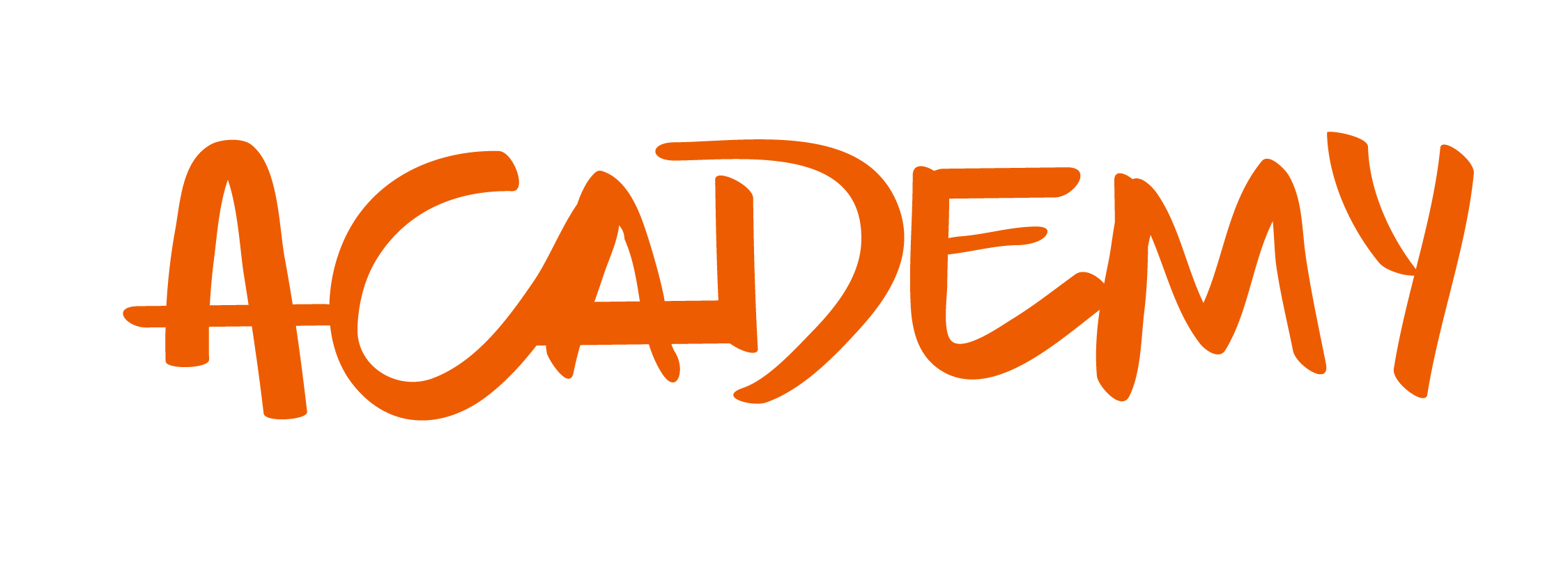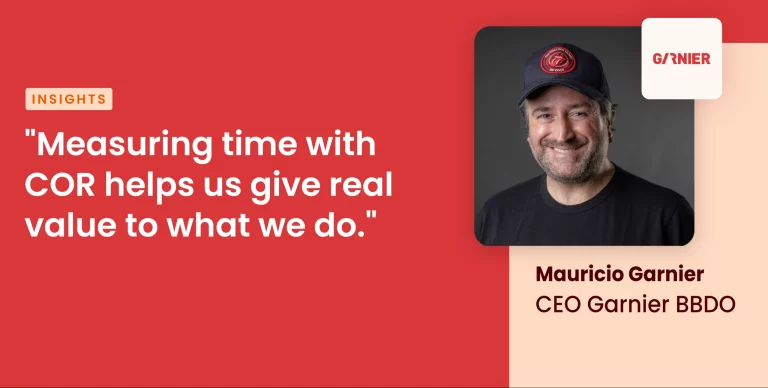Where’s the line? What’s above, below, and across it? Does ATL mean anything other than the colloquial “All Time Low”? The answer to the last one is yes, but if you are a marketer, creative, or part of the industry, you already knew that. The other questions will require a little more dedication to answer, so let’s get to it.
ATL vs. BTL: Where’s the Line and What is it?
Around 1954, Proctor and Gamble started diversifying the services they contracted from several firms and agencies, they separated them into direct approaches and wider ad campaigns. Thus a line was born.
The line is a concept that separates direct, targeted, and focused campaigns from those that are wider, without a definite and clear target or direct return on investment. The latter is mostly used to increase brand awareness and to deliver the message and tone a brand carries.
Nowadays the line is a little smudged, with the rise of digital marketing there are certain strategies and methods that take what they need from both sides and work in great ways. Is everything in social media and online marketing a TTL action, a TTL marketing strategy? Is it even necessary to keep stressing these differences?
Above The Line Marketing
ATL advertising is all about promoting brand awareness and brand building. The term refers to the amalgamation of marketing methods and campaigns that are widely launched without a target audience in mind. The objective of above-the-line advertising is boosting a brand or business to a mass audience, reaching new clients, and letting the relevant market further their recognition of the company’s name and products.
The main techniques set forth in order to do this are usually offline tactics that require the involvement of mass media, like TV adverts, radio commercials, billboards, and print media ads in newspapers and magazines. The message delivered centers around the brand values, the company’s mission, competitive differentials, and showcasing the product line.
Why choose ATL?
ATL marketing presents a wonderful instrument for developing a name and investing in lasting brand recognition throughout the general market. Delivery and placement are key. The result can be very valuable for any new business and existing operations looking into growing their target audience and demand.
This method can increase market penetration rates, in ATL the rates are higher than any other method of advertisement due to the fact that it presents a broad stroke of mass marketing.
ATL certainly is a great path for business currently in this launching period, and a level of ATL presence can go a long way when stacked with other methods. There’s a clear reason many brands and businesses still use ATL in the digital age, and that’s because it works.
Disadvantages of Massive ATL
But there are some drawbacks. In the first place, ATL mass offline promotion is certainly more expensive than online campaigns. A single ad on a popular medium like TV could be worth millions. We recently mentioned that 30 seconds of ad screen time in the 2021’s Superbowl reached $5.500.000.
This causes a restriction to who can get the best TV ad time, with top brands and agencies usually running during prime time, since they are able to make that investment. For ATL to work you need to be smart and careful.
This brings us to the second con: it’s impossible to calculate with any semblance of security the impact and return on investment (ROI). So it’s not a measurable investment. And this is a problem that is unlikely to change since it revolves around the nature of the strategy. You could use potential viewership of movies and TV, estimates of civilian traffic around a billboard, and readership of newspapers and magazines for print publications. But there’s no way of acquiring insight into consumer behavior and preferences.
And that makes it hard to plan a marketing budget or a long-term strategy.
Below The Line Marketing
BTL advertising takes on the job of implementing specifically targeted promotions, personalized and catered to a particular, predetermined group. And they do it through non-traditional media paths and channels.
The objective is to develop and groom a closer relationship with loyal customers and prospective ones through direct marketing. This is done by creating an emotional connection that can improve a buyer’s perception.
The usual tactics are search engine marketing (SEO), direct email marketing, telemarketing, industry trade shows, and even in some cases, PPC, guerilla marketing. These strategies are supported by target audience research, and managing the content of the ads with them specifically in mind. Data is vital in BTL.
Why choosing BTL?
BTL has many advantages over ATL. The bonds and relationships created between brands and consumers are stronger and long-lasting. This happens because the audience engagement in these types of campaigns is astronomical, and the emotional attachment generates a loyal and constant customer community.
This alone is enough to bring value to a business. But on top of that, the strategies and campaigns are usually a lot cheaper and affordable. Thus allowing small and medium businesses to take a chance and develop a good campaign even if they can’t invest absurd amounts of money. Just think of direct mail for example. With the added value that BTL activities can be modified or canceled during execution since most are online-based.
Disadvantages of BTL Promotion
In order to implement BTL marketing, there is a great need for data. A lot more than in ATL. You will need to invest in specialized talent and marketing teams, as well as target audience research. And of course, you need to follow the process and monitor closely each campaign.
To plan and launch BTL marketing tactics you need to be familiar with the mediums involved, and the platforms used to develop these strategies. Or invest in training. But it won’t do anything if you are not deeply aware of how your audience and customer base behave and thinks.
Other Lines: Through The Line Marketing
TTL is the name given to everything that’s not an ATL or BTL marketing strategy. These types of campaigns are integrated, and their objective is to improve brand awareness as well as developing and augmenting conversion from a specific segment.
Don’t be discouraged by the lack of a positive definition, although TTL is recognized by not being below or above the line, it can be a great way to bring value to a business. TTL strategies can be a great instrument to evaluate the impact a brand has in achieving wider online marketing objectives. It can involve integrated marketing campaigns, social media marketing, and mass email marketing.
Differences and Similarities: Which is Best For Your Business?
The first thing you should do is evaluate your business needs, goals, and capabilities. The type of marketing you choose will depend on what industry your brand or business dwells in how much you can invest, etc. Are you up to making a long campaign? Are you sure you know your customers?
Focusing on only one approach is a little silly in this day and age, combining the three is a great way of reaching a vast audience while improving the bond with your most valuable customers. The business diagnosis will serve the purpose of knowing how much of your marketing budget you will allocate to each type, ATL, BTL, or TTL.
Marketing and advertising are not linear endeavors. In this industry, there’s a need for flexibility, constant research, and market analysis. You need to be on top of your game in order to know when to implement ATL, BTL, or TTL strategies. Opportunities are plentiful if you know how to get the correct data.
In COR we believe that data driven decisions are the key to improving margins and making operations more profitable. With our automated reporting features, you can access the historical data of clients, types of services, and individual projects with only a click. This valuable information can help make important business decisions, you can cross-reference it with the state of the market and see what type of actions would be better in real-time.
Why stumble in the dark when you could make everything clear? Request a demo today and see what is the better path for your business.















